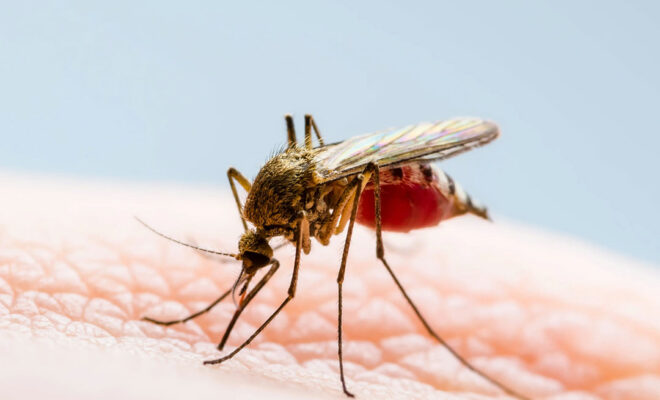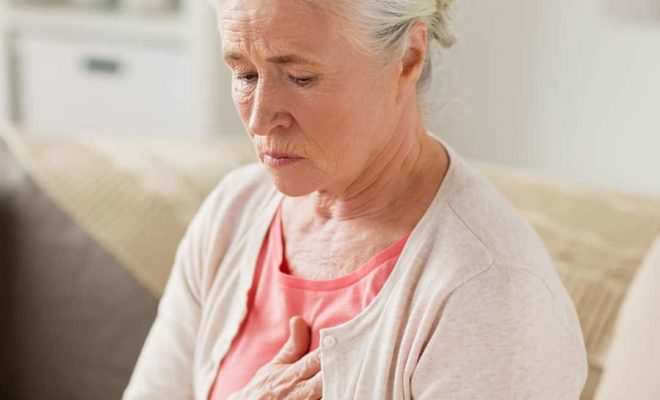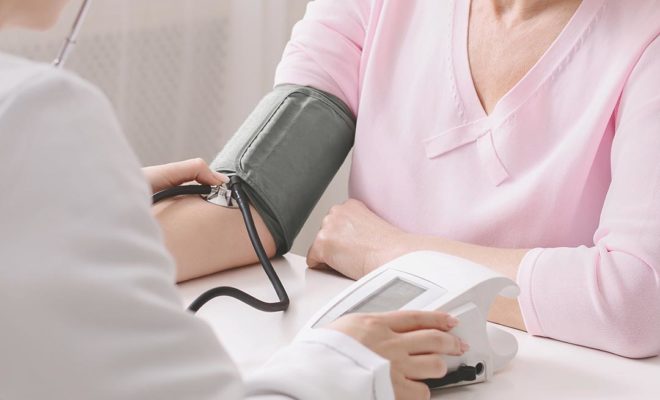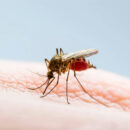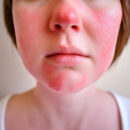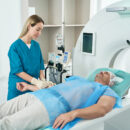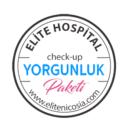heatstroke
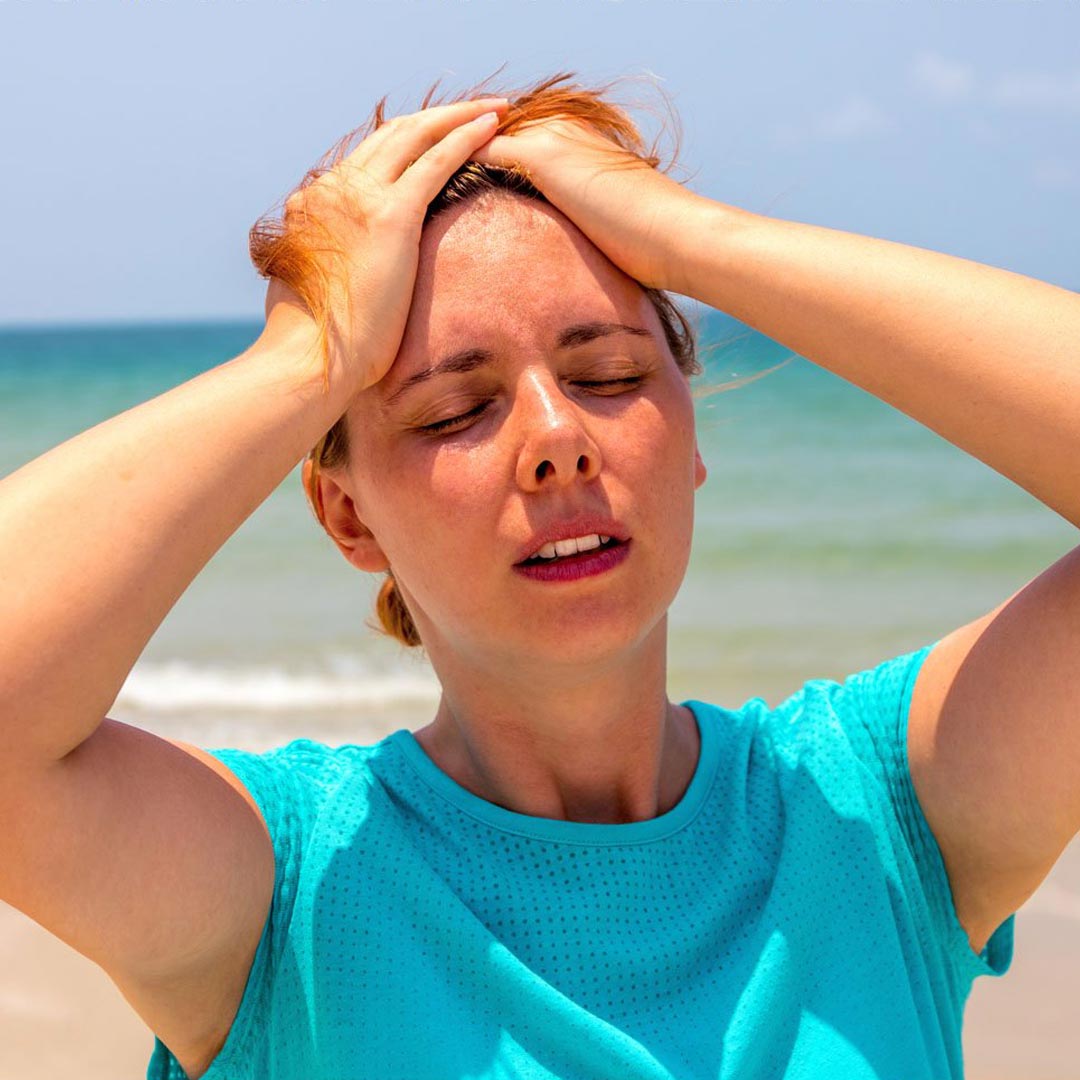
A-What is Heat Stroke?
Although heat stroke is more common in the summer months, it is a condition in which the body temperature rises above normal values as a result of exposure to high heat for a long time. Heat stroke is also known as sunstroke or hyperthermia. Under normal conditions, body temperature is 36.1⁰C – 37.2 ⁰It can vary between C. Since excessive exposure to heat, which causes an increase in body temperature, is a life-threatening situation, it is necessary to know the factors that may cause heat stroke and to be protected from these factors.
B- Factors Causing Heat Stroke
· Excessive exposure to the sun (especially between 11.00-16.00 in summer)
· Extremely hot environments such as Turkish baths and saunas
· Staying in environments with high humidity for a long time
Consuming insufficient water in hot weather
Consuming alcoholic and caffeinated drinks under the sun
· Consuming foods rich in carbohydrates and fat under the sun
Being in a car that has been in the sun for a long time
· Doing sports under the sun
C- Who Gets Heat Stroke?
Although heat stroke occurs in all age groups, it is more common in children under the age of 4 and adults over the age of 65. Body temperature is regulated by the temperature regulation centers in the hypothalamus in the Central Nervous System. Heat stroke is more common in these two age groups because these centers are still in the developmental stage in children under the age of 4, and due to some loss in the functions of these systems in adults over the age of 65. It should not be forgotten that people with chronic diseases are more affected by heat stroke than other people, as is the case in many cases.
D- What are the symptoms of heatstroke?
The first symptoms of heatstroke are fatigue, weakness and excessive sweating. Later, sweating decreases or even stops completely. Once the sweating stops, the fever rises to 40 degrees.⁰It is observed that it exceeds C. Along with these;
· Heart palpitations
· Drop in blood pressure
· Nausea, vomiting
Severe throbbing headache
· Loss of consciousness
· Desire to sleep
· Balance disorder
· Muscle cramps
· Difficulty breathing
· Dryness in the mouth and lips
· Drying on the skin surface
· Conduct disorder and
· Irritability may also be observed.
Heat stroke may begin with these symptoms and progress to seizures and coma.
E- Heat Stroke Treatment
The first minutes after heat or sunstroke develops are very critical for the patient because if left untreated, it can lead to permanent damage and fatal consequences. First of all, first aid should be given to the patient. The patient should be taken to a cool and airy place and laid on his back with his arms and legs elevated. Wet and cold compresses should be applied to the patient's neck, armpit, head and groin. If the patient is conscious, water supplements should be given. Another point to consider in the treatment of sunstroke is that antipyretic drugs should not be used. If the patient's condition does not improve despite all these practices, he should be taken to the hospital urgently. The vital functions of patients admitted to the hospital are monitored and closely monitored. All necessary laboratory tests and various imaging methods are performed on the patient to see how the internal organs are affected and necessary interventions are made.
When symptoms of heat stroke begin in you and your loved ones, you should contact the nearest health institution and get support before it is too late, as individual interventions will be insufficient.
Contact Us In Case of Emergency:
Dr. Ali Al Sahli
Elite Hospital Emergency Service
Telephone line: 0392 444 3548 (ELIT)
Contact Form: https://www.elitenicosia.com/iletisim/

